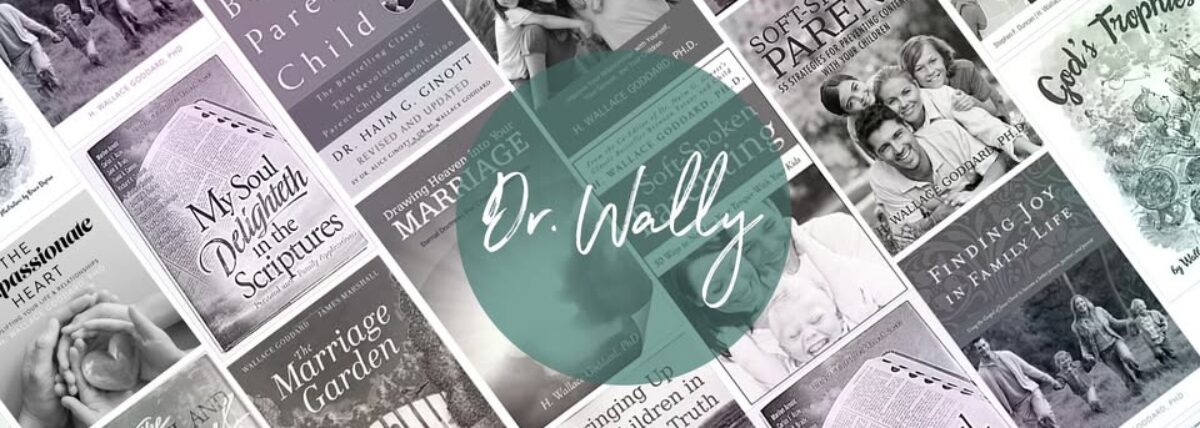For years I have mused about the significance of receiving “His image in [our] countenances” (Alma 5:14). This is a marker for being spiritually born of God and having a mighty change of heart. I would like to think that I have been spiritually born of God. But I have never had anyone look at me and stare: “You seem to have taken on some mideastern characteristics.” I have not even been accused of looking saintly. Usually just tired with an occasional bad haircut.
So I have never observed clear-cut evidence of the physical change described by Alma. Do we actually look different when we have been converted? Can the mighty change in our hearts be seen in our faces?
We might expect to see less fretting and more faith in the faces of the converted. Maybe less anger and more kindness, less sadness and more joy. But is there a distinctive bearing, visage, or radiance?
Wrestling for Meaning
In my most recent study of the Book of Mormon, I determined to crack this theological nut. Using my LDS database, I studied every occurrence of the “image in your countenance” quote in one thousand LDS books. I found that the phrase is commonly used without explanation or analysis. Somehow we’re just supposed to know what the phrase means and take it as a marker for conversion.
But I’m not content using the phrase merely as lovely imagery without any literal meaning. I assume God uses the description in meaningful, practical ways.
Taught from on High
After all the study I pondered the passage and the meaning quietly but suddenly became clear to me. God pointed me to the story of the Good Samaritan—a most unlikely place, I thought. I reflected on three attitudes toward one of life’s travelers in that great story. Thieves see a traveler as a business opportunity. Priests and Levites see him as fool paying for his boldness with his injuries.
The Samaritan—clearly representing Christ—was different. He did not exploit or ignore the injured man. He did not lecture or punish the man. He acted as a model redeemer: He had compassion. He went to him. He ministered to him.
Suddenly it was all clear to me. His image in our countenance is compassion. When we look with compassion on those who are injured, we have His image in our countenance.
The Mark of His Image
It is with compassion that God saw his suffering children in the vision. He shared with Enoch. He wept to see even his wicked children suffer (see Moses 7).
It is with compassion that Jesus sees us as He views our injuries in mortality. “Having ascended into heaven, having the bowels of mercy; being filled with compassion towards the children of men; standing betwixt them and justice; having broken the bands of death, taken upon himself their iniquity and their transgressions, having redeemed them, and satisfied the demands of justice” (Mosiah 15:9).
Compassion is what Joseph Smith described as the measure of our spiritual development: “The nearer we get to our heavenly Father, the more we are disposed to look with compassion on perishing souls; we feel that we want to take them upon our shoulders, and cast their sins behind our backs.” (Teachings of the Prophet Joseph Smith, p.241)
Charity, the full-bodied brother of compassion, is what God commands in His great revelation on spiritual influence: “Let thy bowels also be full of charity towards all men” (D&C 121:45).
Compassion is what Jesus recommended in his parable of the unforgiving servant: “Shouldest not thou also have had compassion on thy fellowservant, even as I had pity on thee?” (Matthew 18:33).
His Image in Our Countenances
It makes sense that we have His image in our countenance any time we look on fellow travelers with compassion. When we bear one another’s burdens, mourn with those who mourn, comfort those who stand in need of comfort, then we stand as witnesses of God (see Mosiah 18:8–9). Our hands, faces, and lives are our testimonies. And it is clear that we are His disciples. It is compassion that makes us card-carrying disciples of Christ. That is the mark in our countenance.
Of course the true test of discipleship is not that we help our friends; it is offering compassion, encouragement, and practical help to those who are damaged and undeserving. Compassion gets purified when called upon to bless the disagreeable and unappreciative.
Yet the injured persons along the road of life can recognize the truly converted—those who look on them with compassion. As Jesus said, “By this shall all men know that ye are my disciples, if ye have love one to another” (John 13:35).
I am thankful that the Book of Mormon, that great latter-day corrective has shown us how to be true followers.


i loved your comments and will use them in my Gospel Doctrine Class this Sunday when we study Alma 5 ….thank you for your conribution in advance.
Kind regards
Ann Lloyd